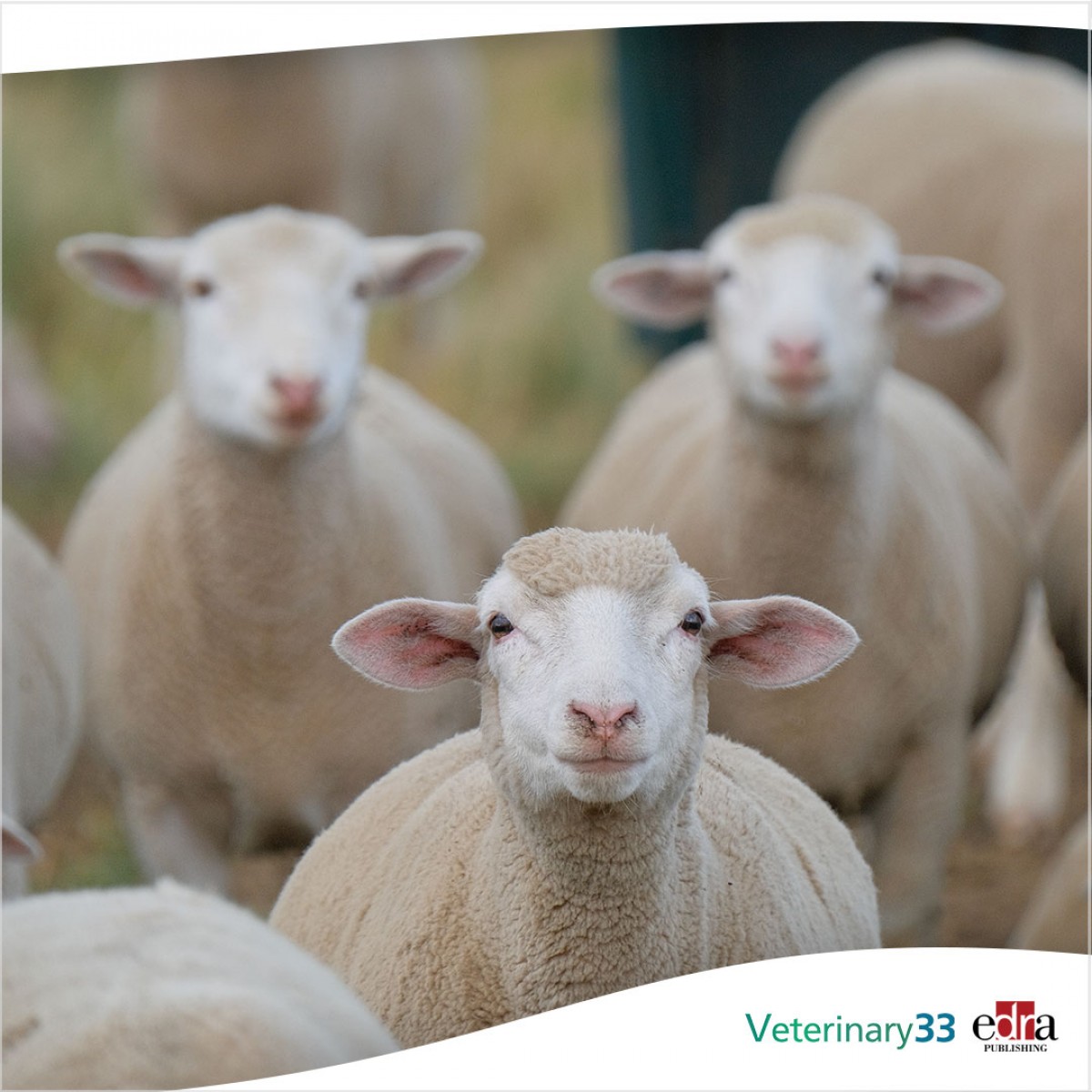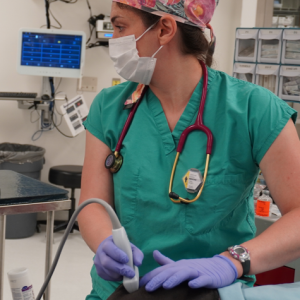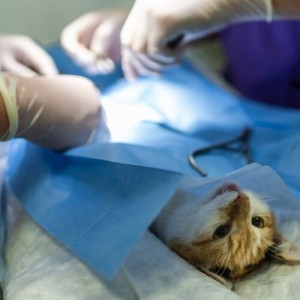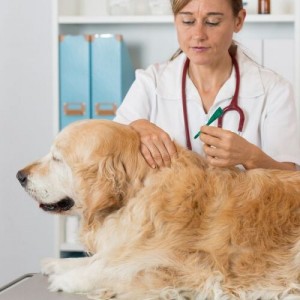They present a promising method to detect paratuberculosis in dairy cattle
It ensures greater speed and sensitivity to the infectious agent of the disease, and not only to antibodies, as is the case with ELISA.
The Institute for Global Food Security (IGFS) and the Faculty of Biological Sciences at Queen's University Belfast have developed a promising test method for the detection of paratuberculosis in dairy cattle.
This new method ensures greater speed and sensitivity to detect the infectious agent of paratuberculosis in samples and has a greater detection capacity than the milk ELISA test currently used. Fundamentally, it detects live infectious agents, not just antibodies against infectious agents, as detected by ELISA.
In a recent study, the new test was able to detect more infected animals using milk tests than milk ELISAs, which could make it easier to control paratuberculosis. In addition to cow's milk, the new test can also be applied to cattle feces and blood.
The next step, on-farm validation
The analysis system has been developed by Professor Irene Grant and her postdoctoral researcher Dr. Antonio Foddai at IGFS and her research has been published in the open-access journal Applied Microbiology and Biotechnology. They now hope to move to the applied stage of research with further development and validation of their method of testing infectious agents at the farm level.
An endemic animal health problem
Professor Grant explained that “As farmers will know, paratuberculosis is an endemic animal health problem throughout the world, particularly in dairy herds. It is certainly present in dairy herds in Northern Ireland, although its true prevalence in the local context is not precisely known. "
"I hope that our test will provide more accurate, rapid, and quantitative results and therefore help farmers and veterinarians to make more informed decisions about the infection status of animals to control the disease more effectively within herds.” He added.
The new type of analysis for paratuberculosis has been developed as part of an Agri-Food Quest Competence Center project and has been the result of a collaboration between IGFS, AgriSearch, Biorex Food Diagnostics, and Dale Farm.













List
Add
Please enter a comment